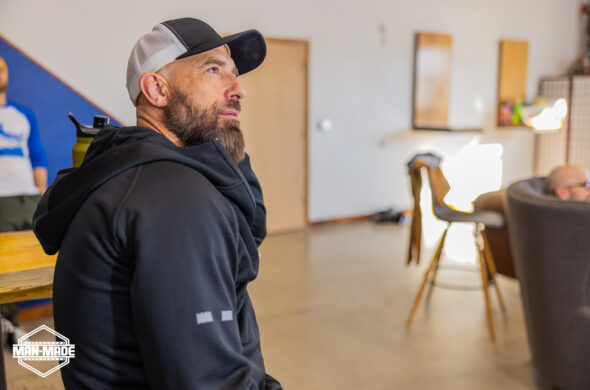The Importance of Keeping Your Eye on the Big Picture as a Leader
In the fast-paced, high-stakes world of leadership, it’s easy to get bogged down by the minutiae of day-to-day operations. Yet, effective leaders understand the critical importance of maintaining a clear focus on the big picture. This overarching vision not only guides strategic decisions but also ensures that the organization stays aligned with its long-term goals. In my experience as a Navy SEAL, this principle was not just a theoretical ideal but a practical necessity for survival and success.
The Navy SEAL Experience: Big Picture Thinking in Action
Throughout my career as a Navy SEAL, I had to master the art of balancing immediate concerns with long-term objectives. One mission, in particular, stands out as a testament to the power of big-picture thinking. We were deployed on a critical operation with multiple targets and a strict timeline. While it was essential to address each target effectively, the ultimate success of the mission depended on our ability to stay focused on the primary objective—neutralizing a high-value threat.
As team leader, my role was to ensure that every decision and action taken by the team aligned with our overarching goal. This meant constantly evaluating our progress, anticipating potential obstacles, and making real-time adjustments, something I call SHOOT – MOVE – COMMUNICATE. By keeping our eye on the big picture, we were able to execute the mission flawlessly, achieving our objective without unnecessary risk or deviation.
The Consequences of Short-Term Thinking
- Mission Drift: When leaders become overly focused on short-term issues, they risk losing sight of the primary objective. This mission drift can lead to wasted resources and effort on tasks that do not contribute to the overall goal, ultimately jeopardizing the success of the mission.
- Reactive Decision-Making: Short-term thinking often results in a reactive approach to leadership. Instead of proactively planning and strategizing, leaders find themselves constantly responding to immediate crises. This reactive mindset can create a chaotic environment, reducing the team’s efficiency and effectiveness.
- Loss of Morale and Cohesion: Teams thrive on clarity and purpose. When leaders fail to communicate the big picture, team members can become disillusioned and disengaged. This loss of morale and cohesion can lead to decreased productivity, higher turnover, and a breakdown in team dynamics.
As leaders, it is our responsibility to navigate the complexities of our roles while maintaining a steadfast focus on the big picture. This skill not only enhances our decision-making capabilities but also ensures that our teams remain motivated and aligned with our vision.
To experience a deeper dive into the principles of effective leadership and building high-performing teams, I invite you to watch for my upcoming book, co-authored with HR professional Brenda Neckvatal. “Mission Ready: Building High-Performing Teams from the Battlefield to the Boardroom” offers valuable insights and practical strategies drawn from our combined experiences. The book will be available in August, providing you with the tools to lead with clarity and purpose in any setting.
Stay tuned for more updates and be prepared to elevate your leadership game. Keep your eyes on the big picture and you WILL see progress in overcoming your short-term challenges.











